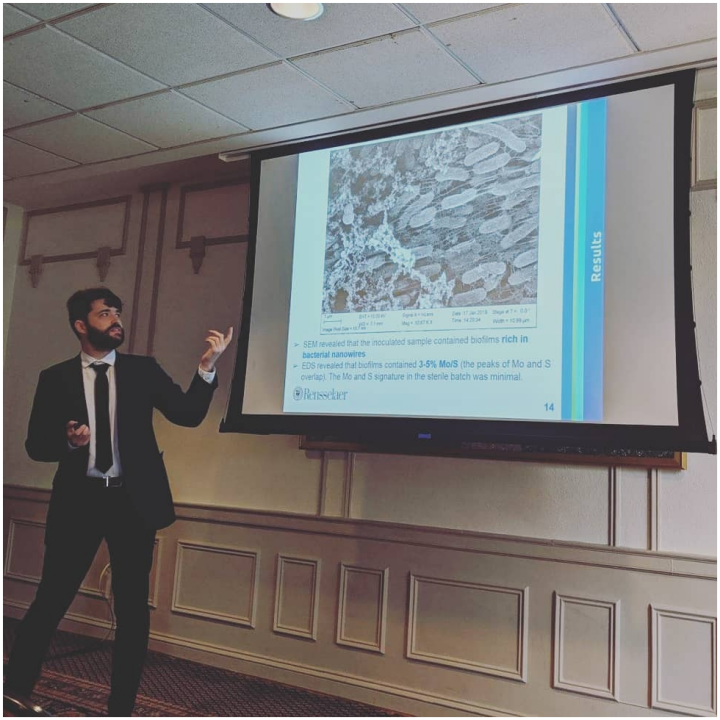ECSE 2610 - Computer Components and Operations
CoCO Fall 2024
Course Shared Folder - contains all lecture slides, pdfs of recorded lectures, homework and exam solutions, and other necessary files.
Discord - where course communication happens in between classes. You should receive and email about joining the Discord space at the beginning of the semester. If you can’t access the space, email Prof. Rees.
Teaching Staff
| Name | Role | Lab Section | Office Hours | Discord Name | |
|---|---|---|---|---|---|
| Dr. James Dylan Rees | Instructor | All (as needed) | By appointment (book here) | reesj3@rpi.edu | j.dylanrees |
| Parisa Shiravani | TA | 02 (3-4:50pm) | Thursday, 4-6pm, Flip-Flop Lounge (6037) | shirap@rpi.edu | parisan_sh |
| Diyanko Bhowmik | TA | n/a | Monday 2-4pm, Thursday 12-2pm Flip-Flop Lounge (6037) | bhowmd@rpi.edu | diyanko |
| Huzaifa Arif | TA | 03 (5-6:50pm) | Friday, 4-6pm, Flip-Flop Lounge (JEC 6037) | arih@rpi.edu | huzaifa7496 |
| Darsha Herath Mudiyanselage | TA | 01 (12-1:50pm) | tba | heratd@rpi.edu | darsha123 |
| Dani Shiloh | UGSA | 02 (3-4:50pm) | 5-6pm, Monday, Flip-Flop Lounge JEC 6037 | shilod@rpi.edu | neothesomething |
| Julian Tiana | UGSA | 01 (12-1:50pm) | Wednesday, 2-3pm, JEC 6309 | tianaj@rpi.edu | plant200000 |
| Andrew Zheng | UGSA | 02 (3-4:50pm) | Tuesday, 4-5pm, JEC 6037 | zhenga6@rpi.edu | azgn |
| Annabel Day | UGSA | 03 (6-7pm) | Friday 2-4pm, Flip-Flop Lounge (JEC 6307) | daya5@rpi.edu | catalyst_26 |
| Rosanna Lu | UGSA | 01 (12-1:50pm), 03 (5-6pm) | n/a | lur5@rpi.edu | abcdefghijklmnorz |
During the office hour times specified above, the instructor and TAs will check and respond to messages in the Discord space. They will also be available meetings in-person or on Discord as indicated above.
